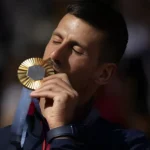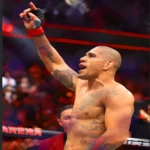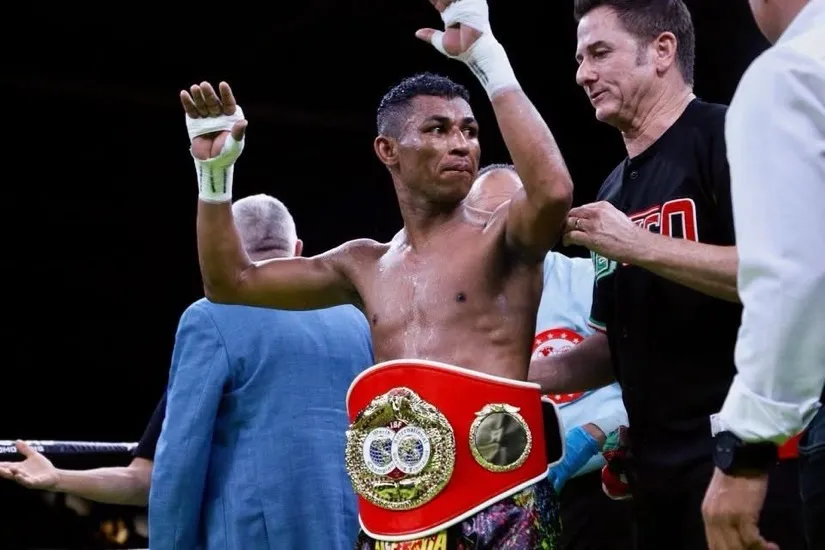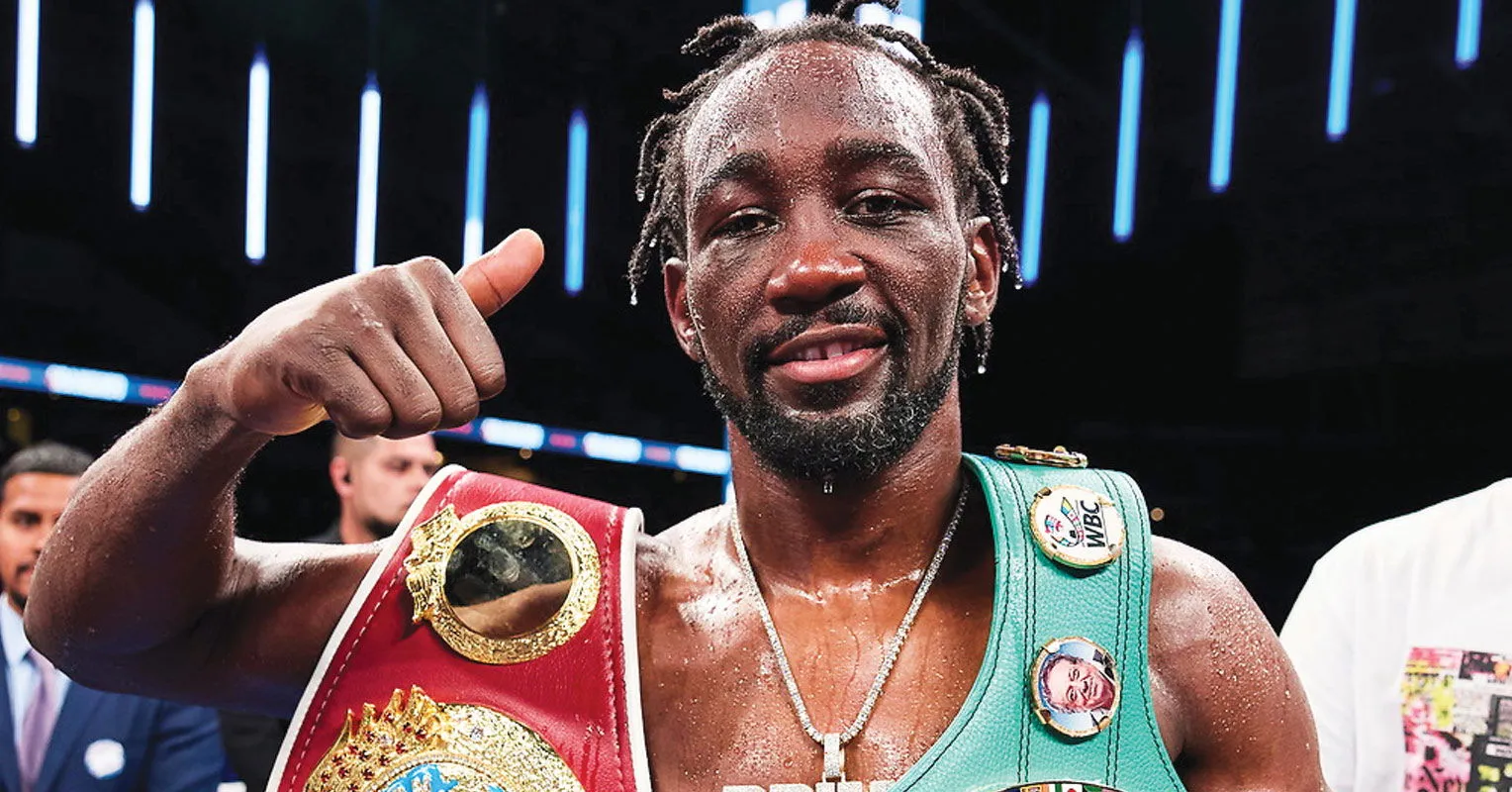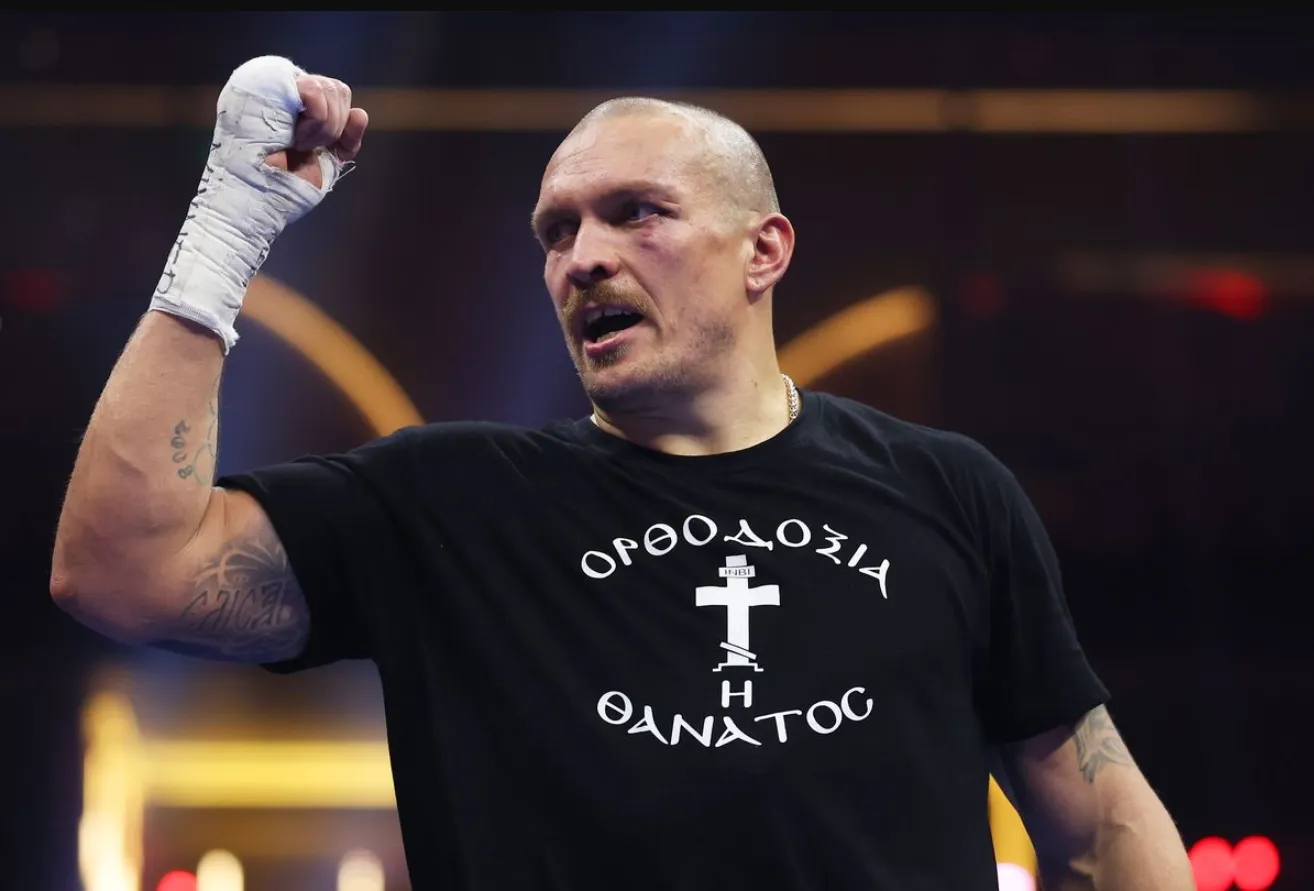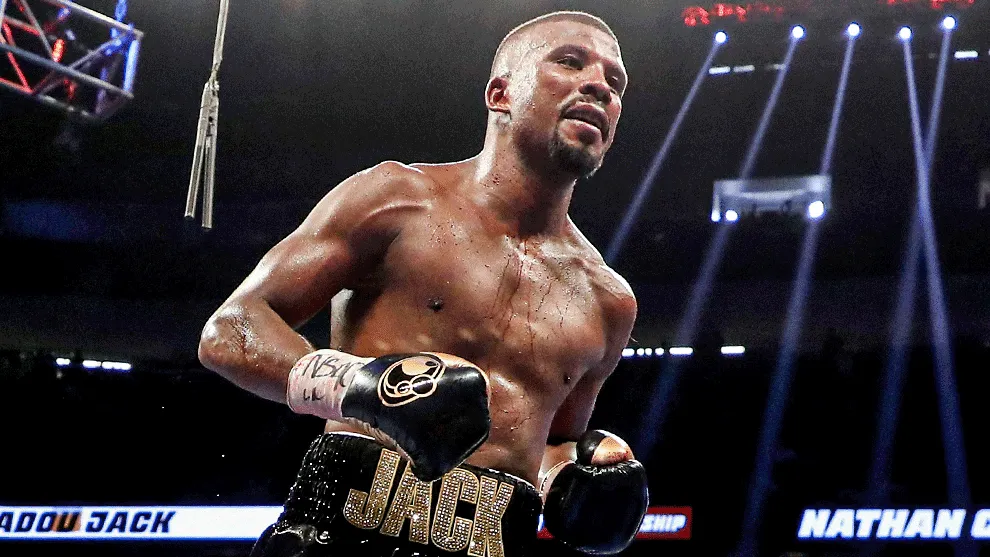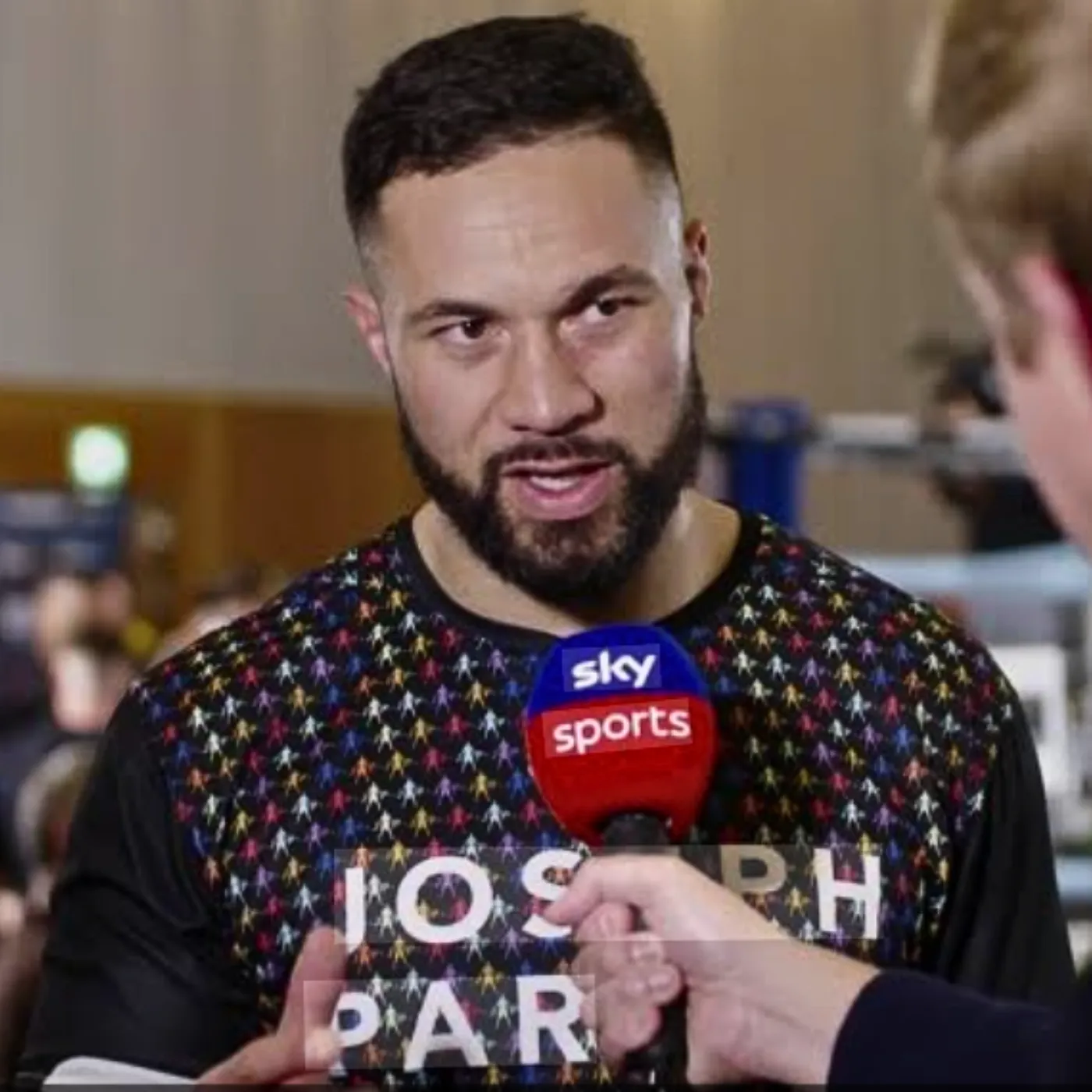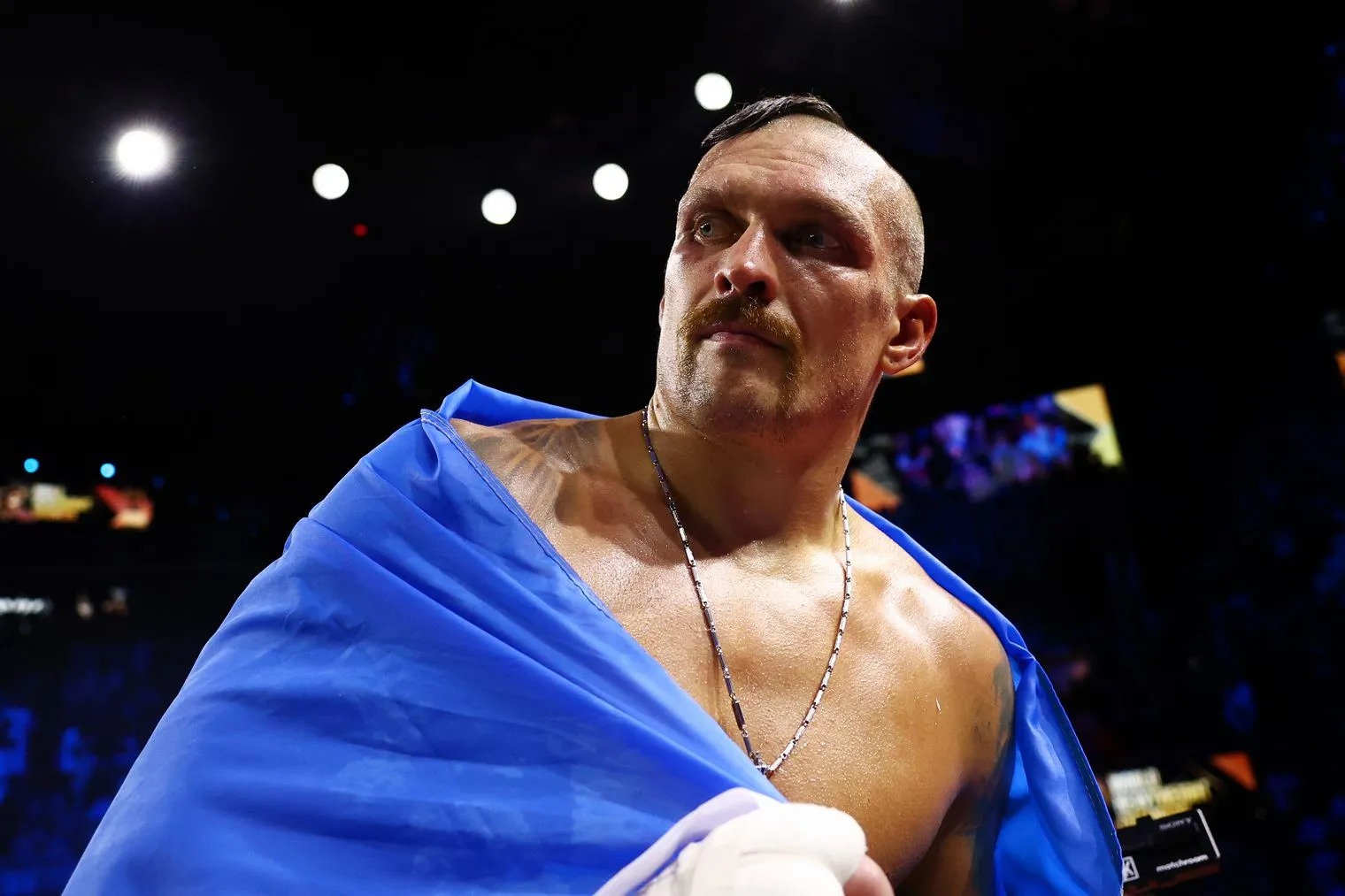
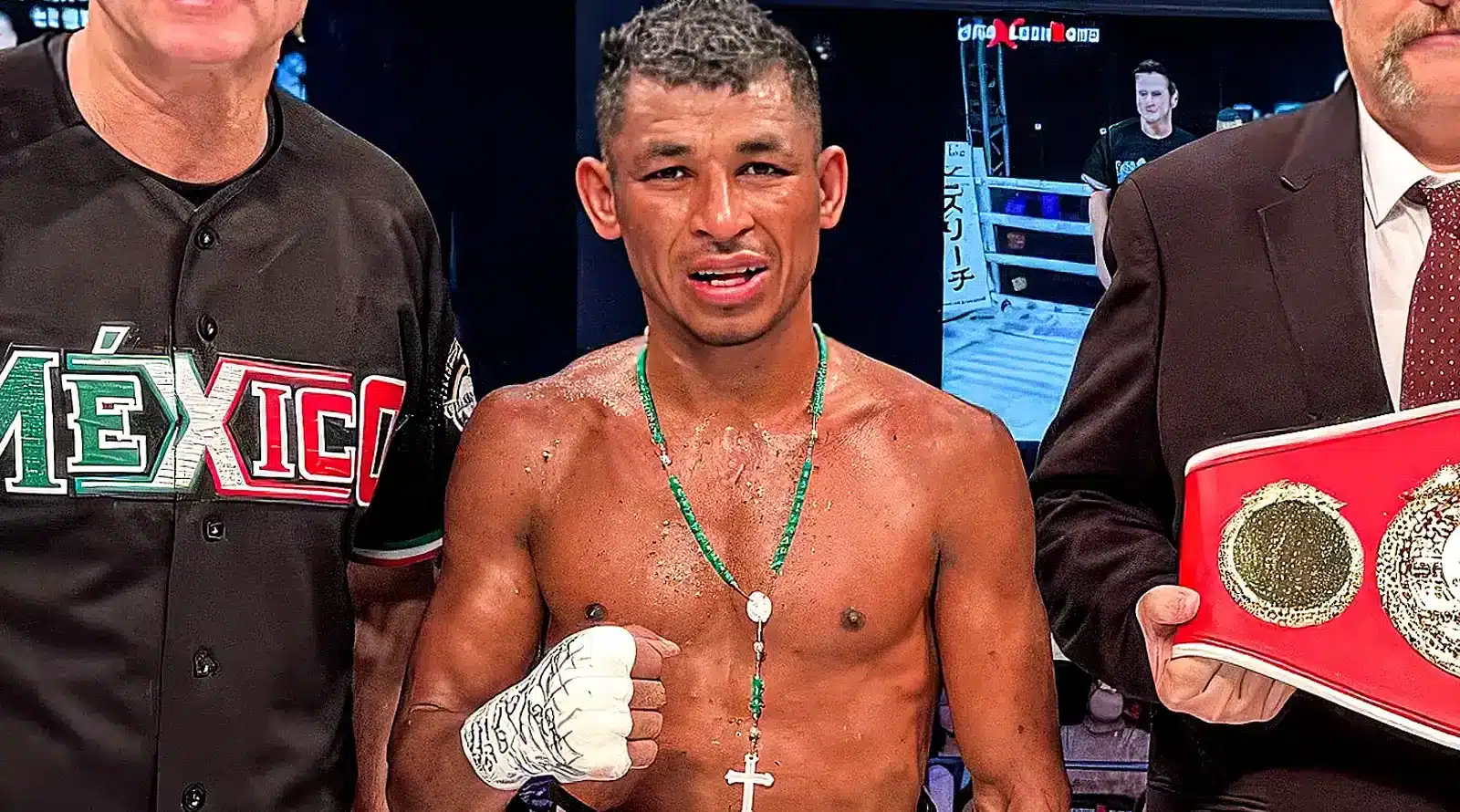
Boxing’s world champions who are getting better with age
Boxing has always been a sport that celebrates youth, power, and speed. For decades, the majority of world champions were fighters in their early or mid-twenties, with the belief that the older a boxer got, the harder it became to compete at the very top. Yet in the modern era, that perception is changing. Fighters like Terence Crawford and Oleksandr Usyk have proven that age is no longer a limitation, but in fact, can be an asset.
With advances in sports science, nutrition, and recovery methods, today’s athletes are extending their careers well into their late thirties and even forties—while continuing to win world titles at the highest level. This article explores how boxing’s landscape has evolved, highlighting some of the greatest active champions who are showing that experience and maturity can triumph over youth.
The Evolution of Boxing and Age
Historically, fighters often turned professional at a very young age. In the 1970s and 1980s, it wasn’t unusual to see boxers fighting for a world championship at just 17 or 18 years old. Mike Tyson famously won his first heavyweight title at 20, while many others had already logged more than 40 fights by the time they reached their mid-twenties.
But this early start came with a price. Fighting frequently at such a young age put significant wear and tear on fighters’ bodies. By their late twenties, many were already past their peak.
In contrast, today’s boxing environment is different. The amateur circuit has become more lucrative, with sponsorships, prize money, and Olympic opportunities encouraging boxers to delay their professional debuts. Many now turn pro in their mid-to-late twenties, carrying less physical damage into their prime years. Combined with better training and smarter career management, this has created a generation of champions who are still competing at an elite level well into their thirties and forties.
Why Modern Fighters Last Longer
Several key factors explain why modern boxers age more gracefully than their predecessors:
-
Reduced fight frequency: Top fighters often fight only once or twice per year, protecting their bodies from unnecessary damage.
-
Sports science and recovery: Advances in nutrition, conditioning, and rehabilitation allow boxers to maintain peak performance for longer.
-
Late professional starts: Many boxers now spend a decade in the amateur ranks before turning pro, preserving their longevity.
-
Smarter matchmaking: Fighters’ careers are managed carefully, reducing the risk of early burnout.
World Champions Excelling with Age
Willibaldo Garcia (35)
Willibaldo Garcia’s story is one of perseverance. Starting his career with little amateur experience, Garcia struggled early on, even posting a losing record in his first six fights. Many thought he would fade into obscurity. Instead, Garcia embarked on a ten-fight unbeaten streak that led to a shot at the IBF super flyweight world title.
At nearly 35, he captured the championship in a rematch against Rene Calixto Bibiano. His journey proves that dedication and experience can sometimes outlast youthful talent.
Terence Crawford (37)
Few fighters embody the idea of “getting better with age” more than Terence “Bud” Crawford. Already regarded as one of the best pound-for-pound boxers, Crawford made history by becoming the first fighter in the four-belt era to become undisputed in three weight classes.
He turned professional in 2008 and has built an incredible 42-0 record with 31 knockouts. Even as he approaches 38, Crawford remains unbeaten, showing no signs of slowing down. His disciplined schedule—fighting only once per year since 2020—has helped him preserve his body while maintaining dominance.
Notable wins over Errol Spence Jr., Amir Khan, Viktor Postol, and Shawn Porter highlight a résumé that is among the best in modern boxing. His ability to combine speed, ring IQ, and adaptability makes him a fighter who has truly aged like fine wine.
Oleksandr Usyk (38)
Oleksandr Usyk is another fighter redefining the limits of age in boxing. After winning Olympic gold in 2012, Usyk turned pro at 26—later than many of his contemporaries. Yet, in just 24 professional bouts, he has become a two-division undisputed champion.
First, he dominated the cruiserweight division, unifying all four belts. Then, he moved up to heavyweight and defeated Anthony Joshua, Tyson Fury, and Daniel Dubois, securing his legacy as one of the best heavyweights of all time.
At 38, Usyk remains at the very top, using his unique style—constant footwork, high output, and brilliant tactics—to outclass younger, bigger opponents. He shows that experience and skill can neutralize raw power and youth.
Badou Jack (41)
Known as “The Ripper,” Badou Jack is another veteran still performing at the elite level. After competing in the 2008 Olympics, Jack turned professional at 25 and captured the WBC super middleweight title in 2013.
While his career has had ups and downs, Jack reinvented himself at cruiserweight. In 2023, at the age of 39, he stopped Ilunga Makabu to win the WBC cruiserweight world championship. Now in his 40s, he remains competitive against younger fighters, showing remarkable endurance and resilience.
Erislandy Lara (42)
Erislandy Lara’s career reflects both persistence and mastery. Defecting from Cuba in 2008 to pursue a professional career, Lara quickly built a reputation as one of the slickest boxers in the sport.
Although he suffered close defeats, including a controversial split decision loss to Canelo Alvarez, Lara has remained a constant presence at the world level. He became WBA middleweight champion and has defended his belt successfully into his 40s, with wins over Michael Zerafa and Danny Garcia.
At 42, Lara continues to defy expectations, proving that technical brilliance and patience can carry a fighter long after their physical prime.
The Bigger Picture: What Crawford and Usyk Represent
The careers of fighters like Crawford and Usyk symbolize a shift in boxing’s culture. Once seen as a young man’s game, boxing is now filled with examples of champions who extend their careers through smart management and elite preparation.
For fans, this evolution offers more opportunities to witness legends competing at the highest level for longer. For fighters, it provides proof that age is not a barrier but can actually be a competitive advantage. Experience, composure, and tactical awareness often give older fighters an edge over their younger, less seasoned opponents.
Conclusion
In the ever-evolving world of boxing, age is no longer the enemy. Champions like Terence Crawford, Oleksandr Usyk, Badou Jack, and Erislandy Lara are rewriting the rules, proving that the mid-to-late thirties—and even forties—can be the prime of a fighter’s career.
The combination of reduced fight frequency, sports science, and smarter career paths has given rise to a new era where older fighters don’t just survive—they thrive. As fans, we are witnessing a golden period where experience and skill are celebrated just as much as youth and explosiveness.
In the end, Crawford and Usyk stand as shining examples of what is possible when talent, discipline, and longevity come together. Their success sends a powerful message: in modern boxing, greatness has no expiration date.




